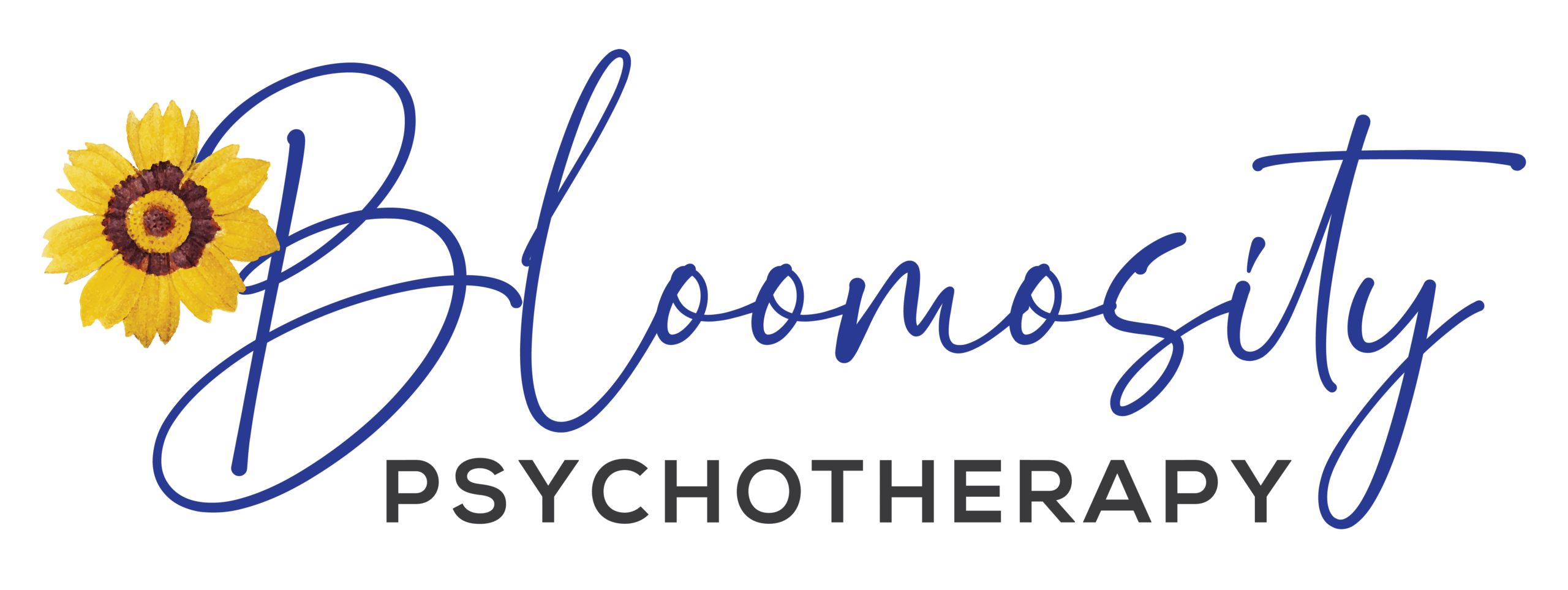Mindfulness
How Bloomosity Can Help
At Bloomosity, Charlene teaches the skill of mindfulness to help people consciously attend to what is happening in their moment-to-moment experience.
You learn to become aware of thoughts and body sensations coming up for you, and accept them as they are, without judgment and with kindness.
There are many benefits with using and practicing mindfulness in your daily life. By learning the skill of mindfulness, you may find that:
- Less time is spent rehashing the past.
- Stress is reduced.
- Memory is boosted.
- Focus and concentration improves.
- Emotional reactivity is lessened.
- Thinking becomes more flexible.
- Relationships improve.

Other benefits include enhanced self-insight, morality, intuition, and less reactive fear responses. Research also shows that mindfulness meditation has numerous health benefits, including increased immune functioning.
About Mindfulness
Mindfulness has enjoyed a tremendous surge in popularity, both in the popular press and in the psychotherapy literature. The practice has moved from a largely obscure Buddhist concept founded about 2,600 years ago to a mainstream psychotherapy construct today.
Learning to be mindful takes time and practice. With practice, new brain neural pathways will form and then strengthen. Over time, the brain forms a new “habit” and operates automatically in a new, mindful way.
If you want to learn to be mindful, it’s helpful to start with formal practice and then extend to day-to-day life. That said, it’s also fine to start with just becoming aware of everyday moments and not have a formal practice.
Beginning A Mindfulness Practice
To start, try to set aside 5 minutes each day and do a formal practice of mindful breathing. Then, see if you can increase the time to 10 minutes, 20 minutes, and then 40 minutes. Many of my clients have downloaded the app Healthy Minds to their smartphone and find this to be a beneficial, free way to practice mindfulness.
In addition to this formal practice, you can use mindfulness in day-to-day life. For example, if you’re waiting in line at the grocery store, notice what thoughts and sensations are arising for you. Notice that this is happening and then see if you can bring your attention to what you have observe. What do you see, hear, smell, sense, or taste? Be present to what is happening around you. When you find your mind drifting into thoughts, notice this and then bring your attention back to observing.
Exercvise
Yoga and exercise are other great ways to practice mindfulness. While practicing yoga or exercising, notice when the mind gets hooked to thinking. Once this is noticed, bring your attention back to observation and perhaps focus on what you are sensing in your body.
